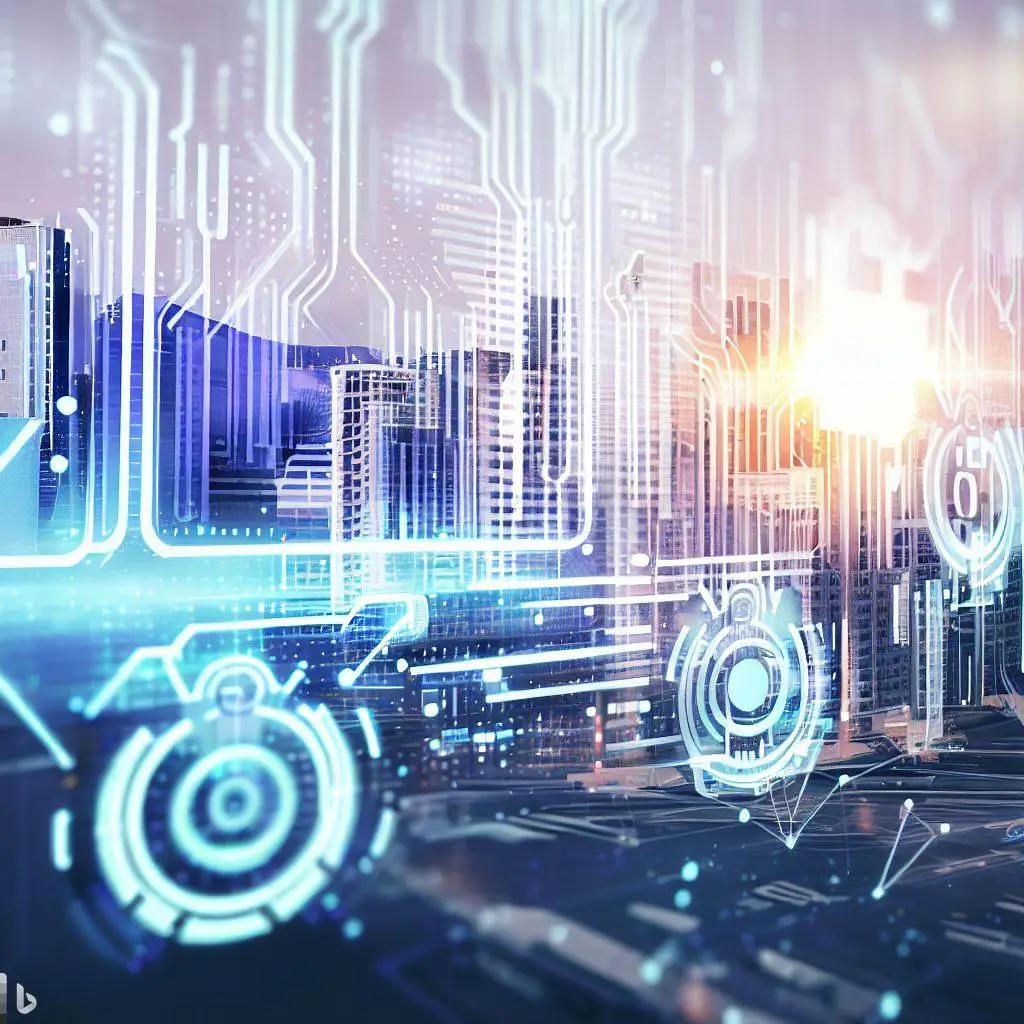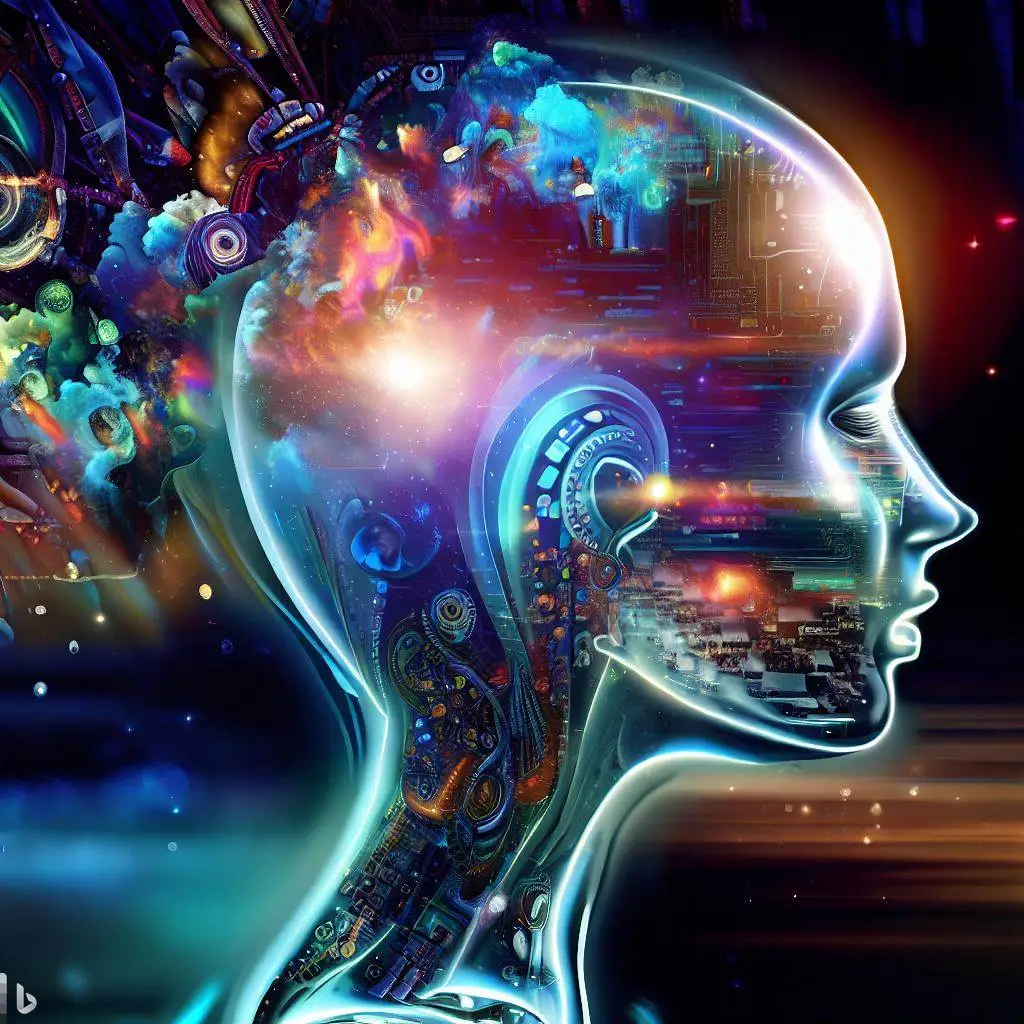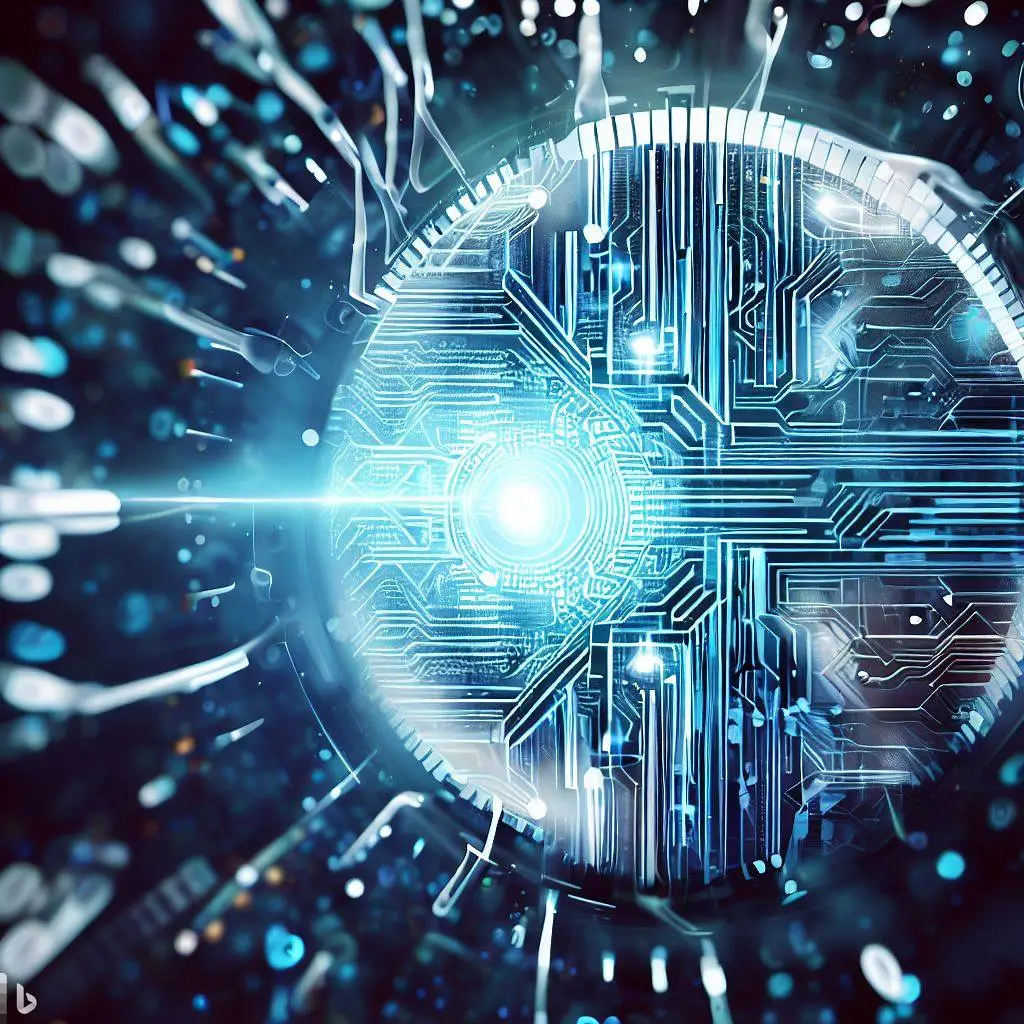AI is the branch of computer science that aims to create machines and systems that can perform tasks that normally require human intelligence, such as reasoning, learning, and decision making. AI can be applied to various domains and industries, such as healthcare, education, entertainment, and social services.
Some examples of AI-based assistive technologies are:
- Voice assistants: Voice assistants are software applications that can understand natural language commands and queries and provide relevant responses or actions. Voice assistants can help people with disabilities to access information, control smart devices, make phone calls, send messages, play music, and more. Some popular voice assistants are Siri, Alexa, Google Assistant, and Cortana1.
- Smart glasses: Smart glasses are wearable devices that can display information on a small screen or project it onto the user’s field of vision. Smart glasses can help people with disabilities to navigate their surroundings, recognize faces and objects, read text, and translate languages. Some examples of smart glasses are Google Glass, Microsoft HoloLens, and OrCam MyEye.
- Brain-computer interfaces: Brain-computer interfaces (BCIs) are devices that can measure and interpret brain signals and use them to control external devices or applications. BCIs can help people with disabilities to communicate, move, or manipulate objects using their thoughts. Some examples of BCIs are Neuralink, Emotiv, and NeuroSky.
- Prosthetic limbs: Prosthetic limbs are artificial devices that can replace missing or impaired body parts. Prosthetic limbs can help people with disabilities to restore their mobility and functionality. AI can enhance prosthetic limbs by making them more responsive, adaptive, and natural. Some examples of AI-powered prosthetic limbs are OpenAI Hand, DEKA Arm, and Bebionic Hand.
AI can also help people with disabilities by providing inclusive and accessible services and platforms that can cater to their specific needs and preferences. For example, AI can enable:
- Accessible web design: Accessible web design is the practice of creating websites that are easy to use and understand for people with different abilities and devices. AI can help web developers to test and improve the accessibility of their websites by providing automated tools and feedback. Some examples of AI-based web accessibility tools are axe, Lighthouse, and Wave.
- Personalized learning: Personalized learning is the approach of tailoring the content, pace, and style of education to the individual needs and goals of each learner. AI can help educators to provide personalized learning for students with disabilities by analyzing their data, preferences, and progress and providing customized feedback, guidance, and resources. Some examples of AI-based personalized learning platforms are Knewton, DreamBox Learning, and Content Technologies Inc…
- Social robots: Social robots are machines that can interact with humans in a social manner using speech, gestures, facial expressions, and emotions. Social robots can help people with disabilities to improve their social skills, emotional well-being, and quality of life. Some examples of social robots are Jibo, Pepper, and Paro.
AI is undoubtedly a powerful ally for people with disabilities in enhancing their capabilities, opportunities, and happiness. However, AI also poses some challenges and risks for people with disabilities. One of the main concerns is the ethical and social impact of AI on the rights, dignity, and autonomy of people with disabilities. Some critics argue that AI could create new forms of discrimination, exclusion, or exploitation for people with disabilities. Others worry that AI could reduce the human interaction and support that people with disabilities need.
Therefore, it is important for the developers and users of AI to adopt a responsible and ethical approach to AI development and use. This could involve ensuring the participation and representation of people with disabilities in the design and evaluation of AI systems; ensuring the transparency









Add a Comment: